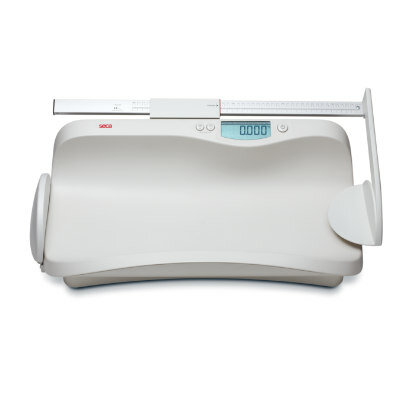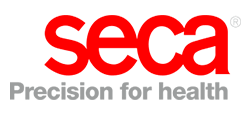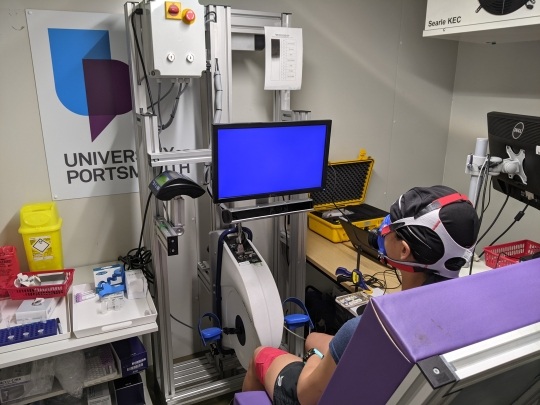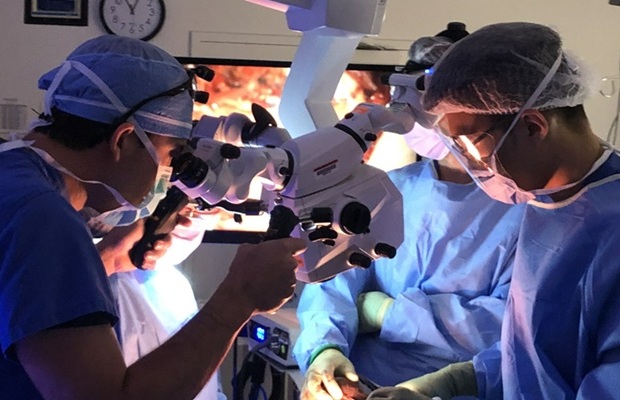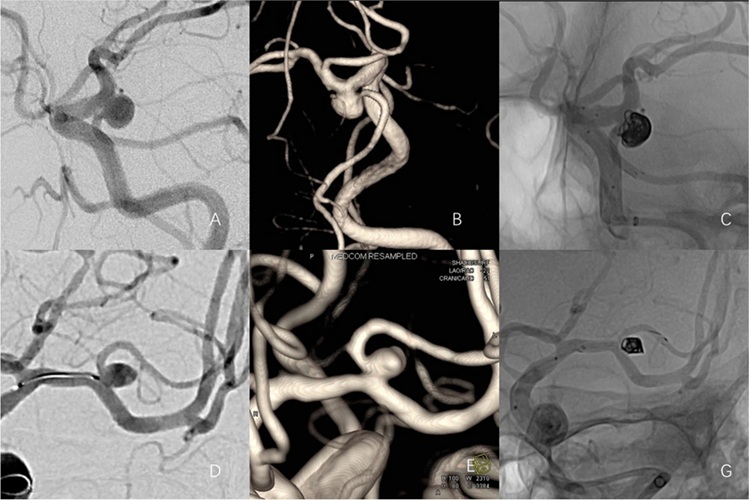Heart Association Issues Statement on Understanding Radiation Risks Before Cardiac Imaging
|
By HospiMedica International staff writers Posted on 16 Oct 2014 |
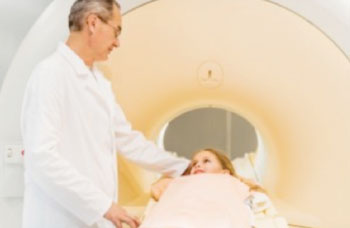
Image: The American Heart Association issued a statement that patients need to be informed on radiation risks before undergoing cardiac imaging (Photo courtesy of AHA - The American Heart Association).
People should understand why a heart-imaging test is needed before undergoing the procedure, including the benefits and risks involved, such as the potential long-term risk from radiation exposure, advises a new scientific statement.
The statement was published online, before print, on September 29, 2014, in the American Heart Association’s (AHA; Dallas, TX, USA) journal Circulation. “When medical imaging is being considered, patients should feel very comfortable asking how the test will help them and the possible risks, including radiation-related risks,” said Reza Fazel, MD, MSc, chair of the writing committee for the statement and an AHA volunteer currently serving on the Joint Cardiac Imaging Committee of the AHA’s Council on Clinical Cardiology and Council on Cardiovascular Radiology.
As technology has evolved, imaging modalities have become an increasingly important application in diagnosing and treating patients with heart disease. However, the rising use has resulted in higher radiation exposure during the last 20 years. Heart imaging now accounts for nearly 40% of the radiation exposure patients receive from medical tests, according to the statement.
“In general, the radiation-related risk of any imaging test to an individual patient is very small and, when the test is clinically appropriate, the benefits of the test typically far outweigh any potential risks,” said Dr. Fazel, a cardiologist at Beth Israel Deaconess Medical Center (Boston, MA, USA).
Some questions that may help a patient understand the risks and benefits are: (1) how will this test help diagnose or treat my heart problem? (2) Will the results of this test change the recommended treatment? (3) Are there other techniques to get the information without using radiation? (4) How much radiation exposure may occur? (5) How could that affect my chance of developing cancer later in life? (6) Lastly, how does that risk compare to the risk from other common activities?
The most typically used heart and blood vessel imaging procedures using radiation are nuclear stress tests, cardiac computed tomography (CT) scans and fluoroscopy (a real-time X-ray technology used to guide catheter and device placement during heart catheterization and tests for heart rhythm abnormalities). Echocardiography and cardiac magnetic resonance imaging do not expose patients to ionizing radiation.
The new statement also provides guidance for the training of professionals who order or administer cardiac imaging tests. Clinicians planning imaging tests should understand when each type of test is appropriate, the typical average radiation dose and the potential risks. In deciding the best imaging method to use, the clinician should also consider the test’s diagnostic accuracy, potential risks, cost, availability, and the patient’s convenience.
“Radiation-related risk is one of the factors that should be considered in the decision to use cardiovascular imaging with ionizing radiation, particularly in younger patients in whom the potential risk of radiation exposure is thought to be higher,” Dr. Fazel said.
Clinicians who perform cardiac imaging should understand current methods required to select the optimal dose of radiation—using enough to produce high-quality imaged, not significantly more than that. They should also know how to minimize radiation exposure to staff, according to the statement.
Related Links:
American Heart Association
Beth Israel Deaconess Medical Center
The statement was published online, before print, on September 29, 2014, in the American Heart Association’s (AHA; Dallas, TX, USA) journal Circulation. “When medical imaging is being considered, patients should feel very comfortable asking how the test will help them and the possible risks, including radiation-related risks,” said Reza Fazel, MD, MSc, chair of the writing committee for the statement and an AHA volunteer currently serving on the Joint Cardiac Imaging Committee of the AHA’s Council on Clinical Cardiology and Council on Cardiovascular Radiology.
As technology has evolved, imaging modalities have become an increasingly important application in diagnosing and treating patients with heart disease. However, the rising use has resulted in higher radiation exposure during the last 20 years. Heart imaging now accounts for nearly 40% of the radiation exposure patients receive from medical tests, according to the statement.
“In general, the radiation-related risk of any imaging test to an individual patient is very small and, when the test is clinically appropriate, the benefits of the test typically far outweigh any potential risks,” said Dr. Fazel, a cardiologist at Beth Israel Deaconess Medical Center (Boston, MA, USA).
Some questions that may help a patient understand the risks and benefits are: (1) how will this test help diagnose or treat my heart problem? (2) Will the results of this test change the recommended treatment? (3) Are there other techniques to get the information without using radiation? (4) How much radiation exposure may occur? (5) How could that affect my chance of developing cancer later in life? (6) Lastly, how does that risk compare to the risk from other common activities?
The most typically used heart and blood vessel imaging procedures using radiation are nuclear stress tests, cardiac computed tomography (CT) scans and fluoroscopy (a real-time X-ray technology used to guide catheter and device placement during heart catheterization and tests for heart rhythm abnormalities). Echocardiography and cardiac magnetic resonance imaging do not expose patients to ionizing radiation.
The new statement also provides guidance for the training of professionals who order or administer cardiac imaging tests. Clinicians planning imaging tests should understand when each type of test is appropriate, the typical average radiation dose and the potential risks. In deciding the best imaging method to use, the clinician should also consider the test’s diagnostic accuracy, potential risks, cost, availability, and the patient’s convenience.
“Radiation-related risk is one of the factors that should be considered in the decision to use cardiovascular imaging with ionizing radiation, particularly in younger patients in whom the potential risk of radiation exposure is thought to be higher,” Dr. Fazel said.
Clinicians who perform cardiac imaging should understand current methods required to select the optimal dose of radiation—using enough to produce high-quality imaged, not significantly more than that. They should also know how to minimize radiation exposure to staff, according to the statement.
Related Links:
American Heart Association
Beth Israel Deaconess Medical Center
Latest Critical Care News
- New Prostate Screening Device Could Replace Traditional Examination Method
- Adaptive Spine Board to Revolutionize ER Transport
- Mapping Communication Between Internal Organs to Enable Earlier Illness Diagnosis
- Intelligent Wound Dressing Reduces Inflammation and Promotes Healing
- Cuff-Free Blood Pressure Monitoring Device to Improve Early Detection and Management of Hypertension
- New Understanding of Barrett’s Esophagus Formation to Enable Earlier Intervention and Diagnosis
- 3D Printed Functional Human Islets Could Transform Type 1 Diabetes Treatment
- AI Model Predicts ICU mortality in Heart Failure Patients
- Smart Capsule Offers Real-Time Profiling Across GI Tract
- Ultra-Thin Implant Helps Patients with Spinal Cord Injury Recover Lost Functions
- Portable Cell Therapy Device to Enable Rapid On-Demand Modification of RBCs at POC
- Monitoring Airborne Fungal Spores Could Help Predict COVID-19 & Flu Surges
- New System Measures Blood Sodium Without Needles
- Sleep Data from Wearable Device May Help Predict Preterm Birth
- AI Tool Interprets Echocardiograms in Minutes
- Electrochemical Catheter Hub Prevents Bloodstream Infections
Channels
Critical Care
view channel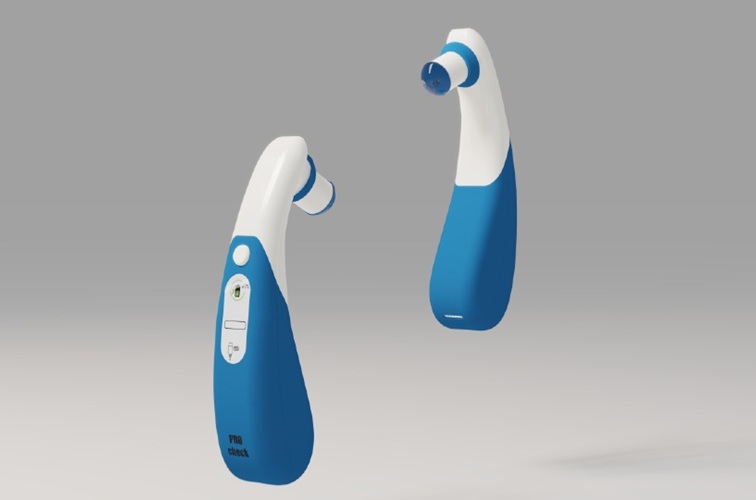
New Prostate Screening Device Could Replace Traditional Examination Method
Prostate cancer is a leading health concern, with one in seven men being diagnosed with the disease. Early detection is critical for improving patient outcomes, but traditional diagnostic methods, such... Read more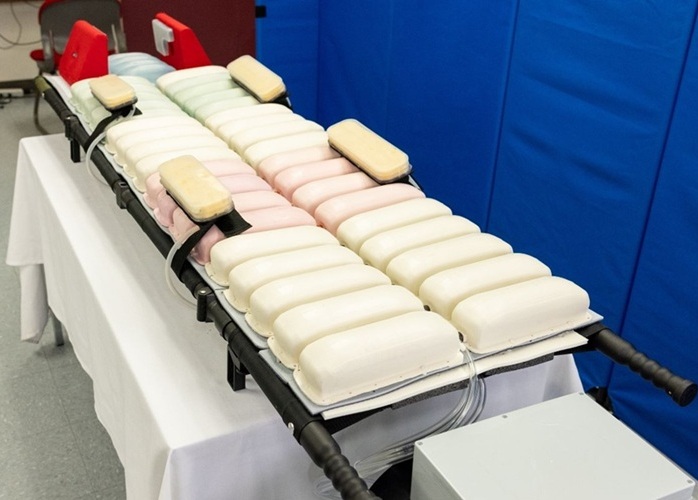
Adaptive Spine Board to Revolutionize ER Transport
Prolonged immobilization during transport, such as in combat zones or emergency rescues, poses a life-threatening risk for patients, particularly from pressure injuries. Pressure injuries, also known as... Read moreSurgical Techniques
view channel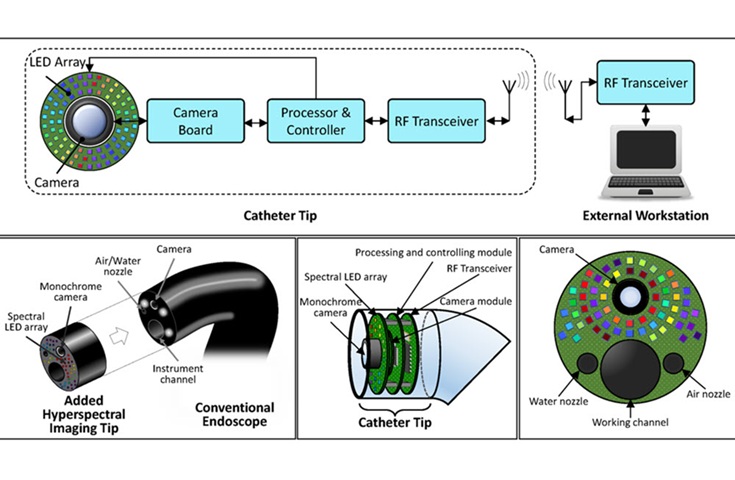
LED-Based Imaging System Could Transform Cancer Detection in Endoscopy
Gastrointestinal cancers remain one of the most common and challenging forms of cancer to diagnose accurately. Despite the widespread use of endoscopy for screening and diagnosis, the procedure still misses... Read more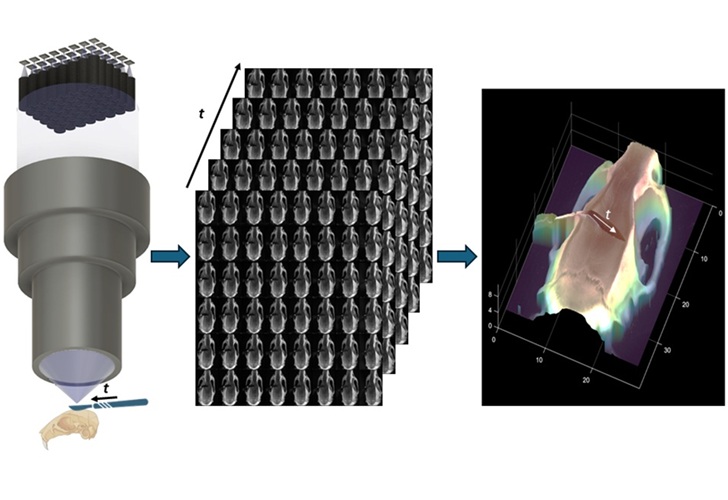
New Surgical Microscope Offers Precise 3D Imaging Using 48 Tiny Cameras
Surgeons have long relied on stereoscopic microscopes to gain depth perception during delicate procedures, but this method has limitations. While these microscopes provide a sense of three-dimensionality,... Read morePatient Care
view channel
Revolutionary Automatic IV-Line Flushing Device to Enhance Infusion Care
More than 80% of in-hospital patients receive intravenous (IV) therapy. Every dose of IV medicine delivered in a small volume (<250 mL) infusion bag should be followed by subsequent flushing to ensure... Read more
VR Training Tool Combats Contamination of Portable Medical Equipment
Healthcare-associated infections (HAIs) impact one in every 31 patients, cause nearly 100,000 deaths each year, and cost USD 28.4 billion in direct medical expenses. Notably, up to 75% of these infections... Read more
Portable Biosensor Platform to Reduce Hospital-Acquired Infections
Approximately 4 million patients in the European Union acquire healthcare-associated infections (HAIs) or nosocomial infections each year, with around 37,000 deaths directly resulting from these infections,... Read moreFirst-Of-Its-Kind Portable Germicidal Light Technology Disinfects High-Touch Clinical Surfaces in Seconds
Reducing healthcare-acquired infections (HAIs) remains a pressing issue within global healthcare systems. In the United States alone, 1.7 million patients contract HAIs annually, leading to approximately... Read moreHealth IT
view channel
Printable Molecule-Selective Nanoparticles Enable Mass Production of Wearable Biosensors
The future of medicine is likely to focus on the personalization of healthcare—understanding exactly what an individual requires and delivering the appropriate combination of nutrients, metabolites, and... Read more
Smartwatches Could Detect Congestive Heart Failure
Diagnosing congestive heart failure (CHF) typically requires expensive and time-consuming imaging techniques like echocardiography, also known as cardiac ultrasound. Previously, detecting CHF by analyzing... Read moreBusiness
view channel
Bayer and Broad Institute Extend Research Collaboration to Develop New Cardiovascular Therapies
A research collaboration will focus on the joint discovery of novel therapeutic approaches based on findings in human genomics research related to cardiovascular diseases. Bayer (Berlin, Germany) and... Read more








